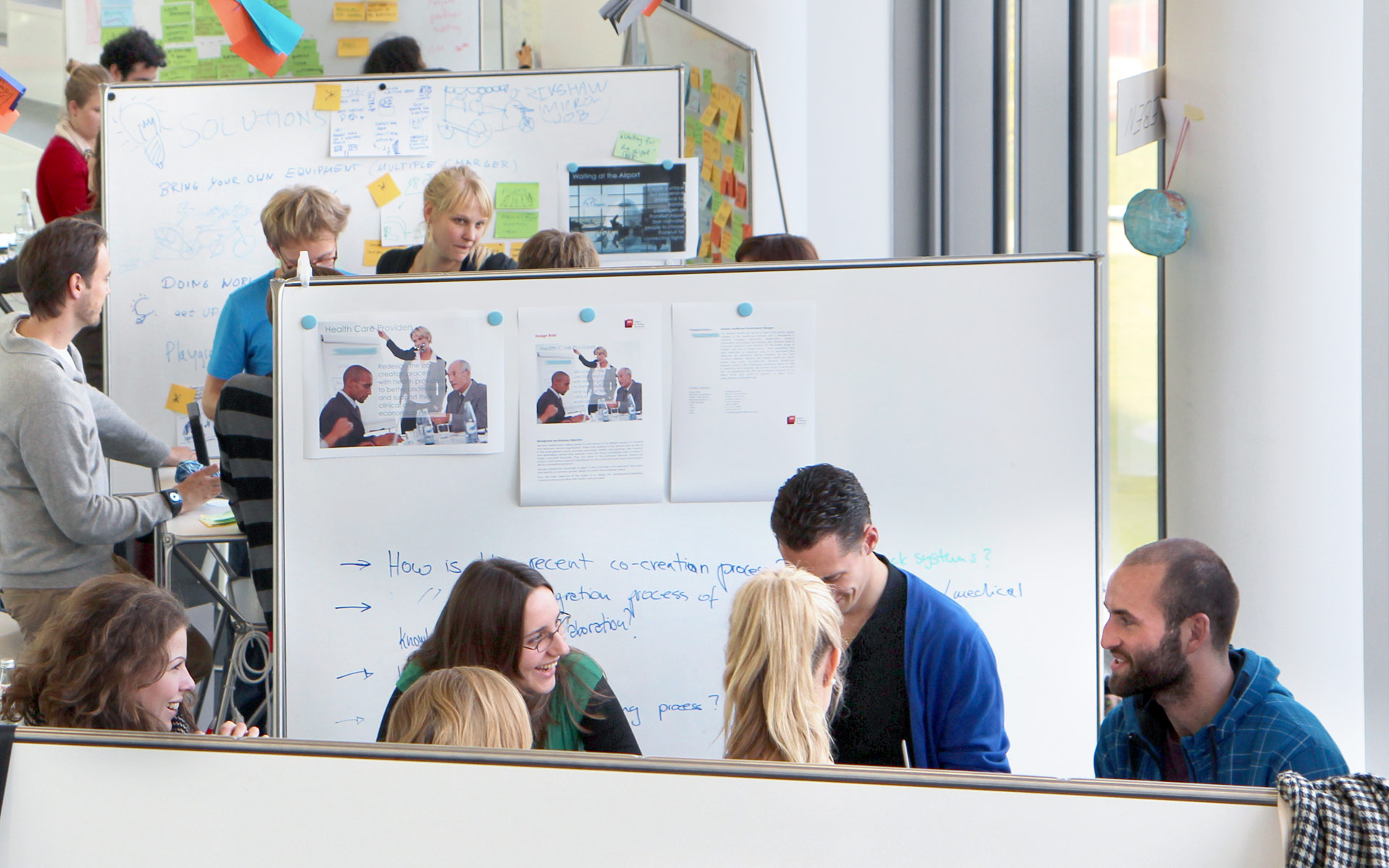PI: Sheri Sheppard, Bernard Roth
Abstract
Academic institutions have developed ideal environments for supporting the successful practice of design thinking. However, when students leave the classroom and attempt to apply what they learned in other organizations, they find themselves in environments that are not fully setup to support design thinking practice. The proposal seeks to understand and measure the environmental factors that support successful design thinking practice. The ultimate goal is to give individuals and organizations the tools to shape their environment to better support creative, collaborative work.
The first objective is to deeply understand how academic environments such as the Hasso Plattner Institute of Design at Stanford (d.school) consistently support creative collaboration through design thinking. This includes cataloging factors such as facilitation, challenge scoping, physical space, and team norms.
The second objective is to measure existing environmental factors within organizations that hope to use design thinking to drive innovation. Those can be compared to factors in the d.school to determine in part how prepared an organization is to support design thinking.
Additionally, work will continue on the psychological interventions aimed at communicating core design thinking mindsets through a short treatment.

